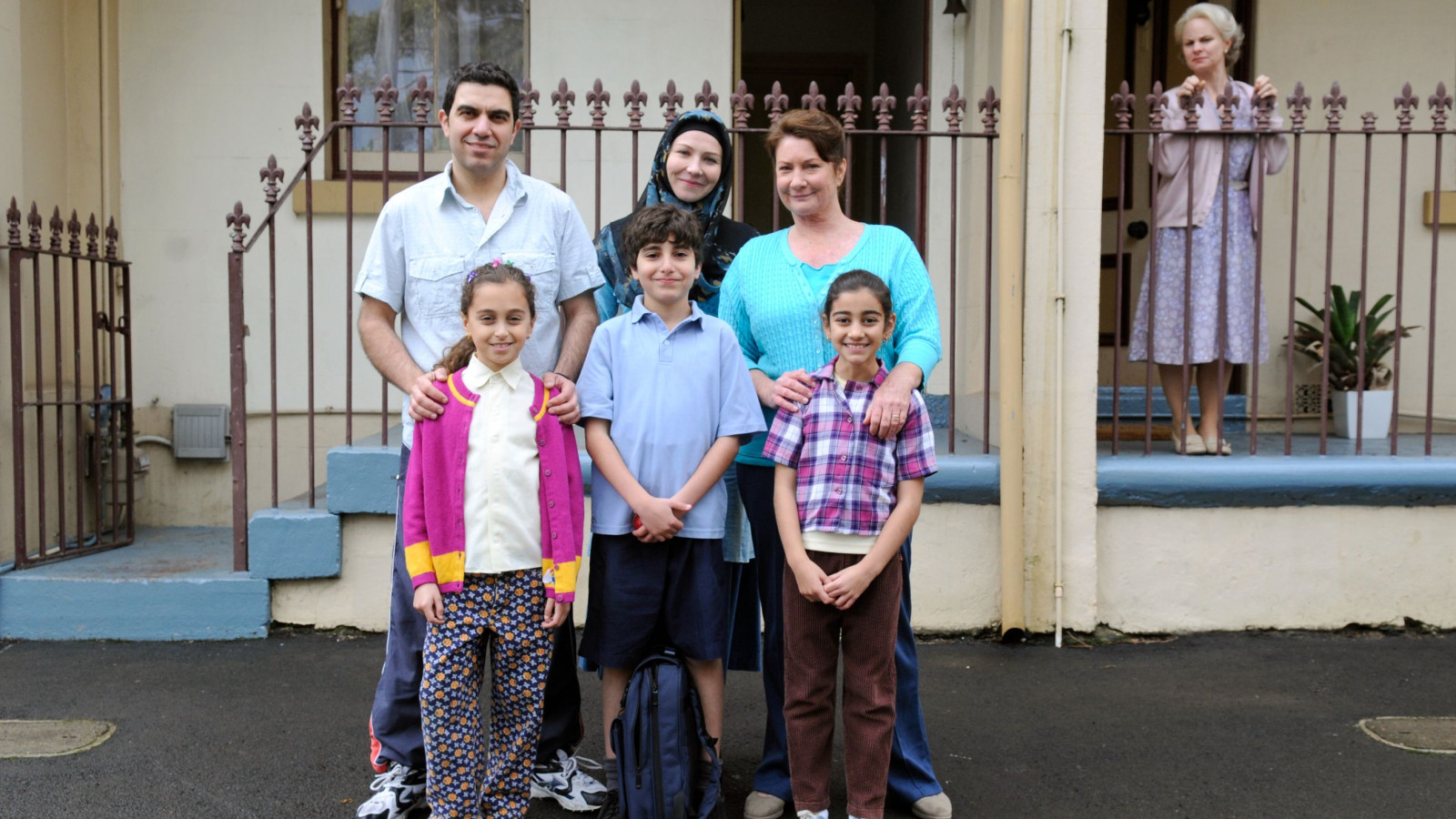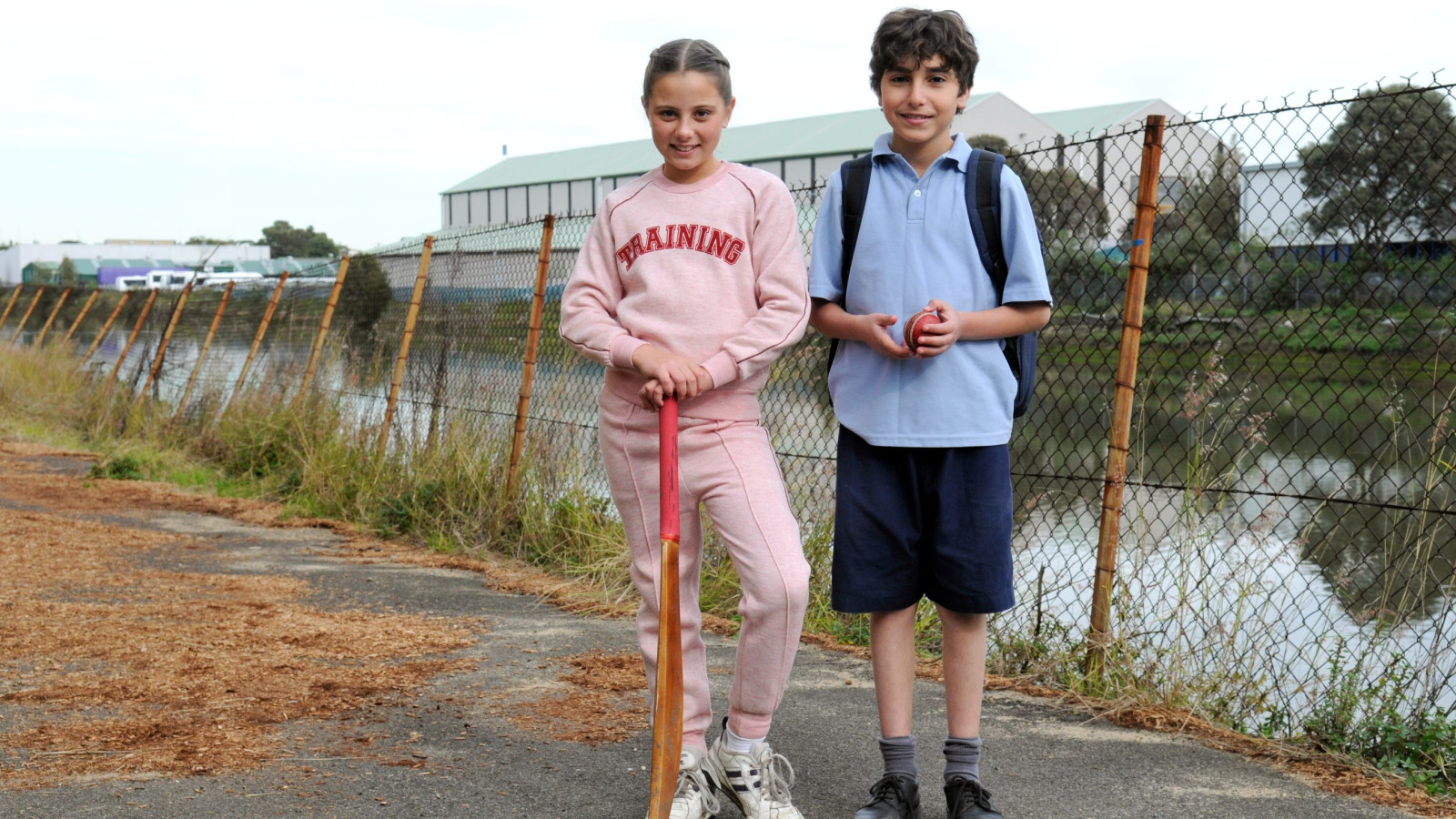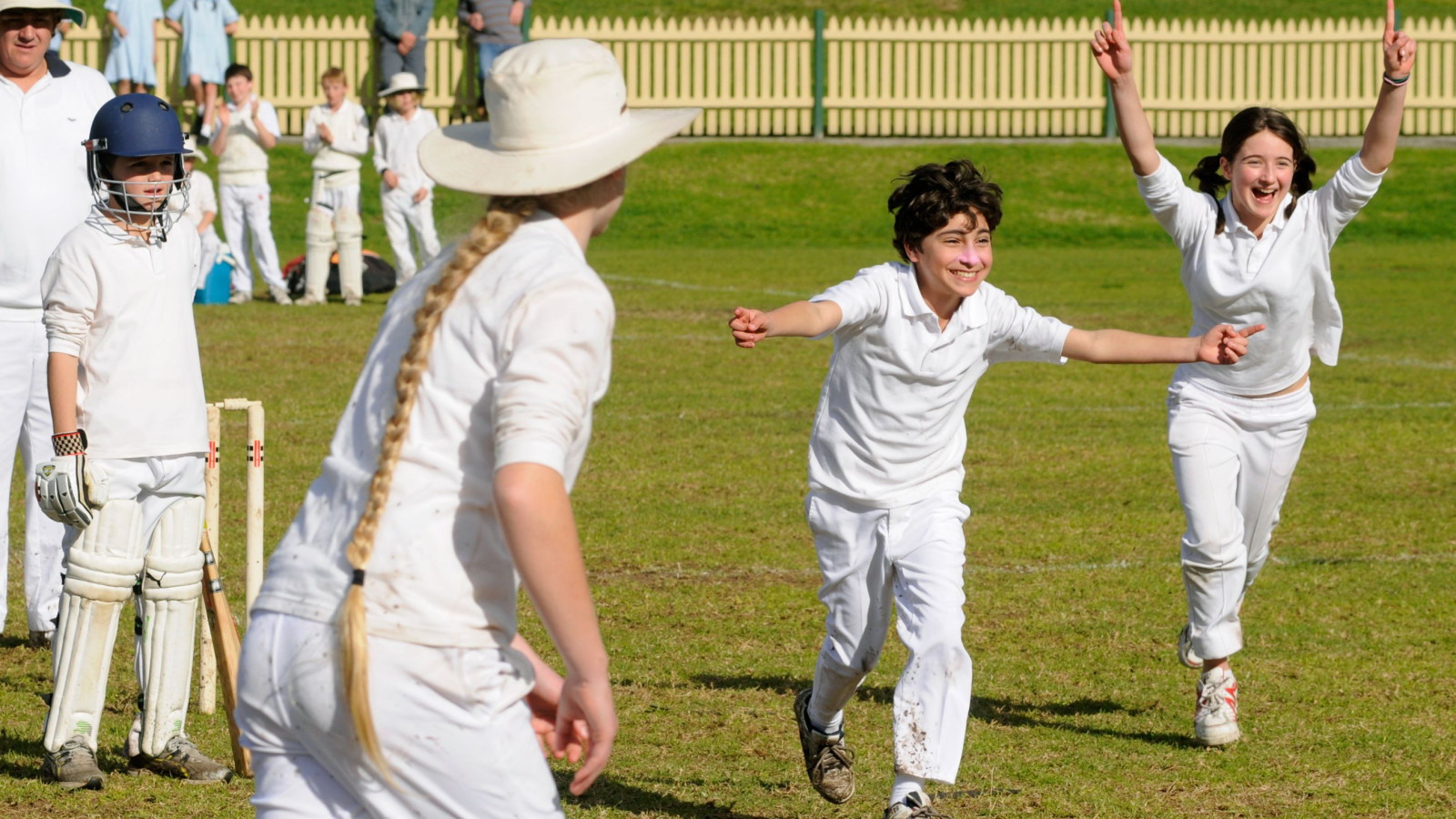
1998: Mohammed

Mohammed is a mad-keen bowler, desperate to join his new school’s cricket team. When no places are available, he joins the girls’ team, who turn out to be the better side. He learns about inclusion, strength, and challenging stereotypes.
1990s Decade Overview
The 1990s were a decade of reform, resilience, and reckoning. Australia grappled with its identity and place in the world.
- 1992: The High Court’s Mabo Decision overturned the myth of terra nullius, recognising native title and the Meriam people’s connection to land.
- 1996: The Port Arthur Massacre led to sweeping gun reforms under the National Firearms Agreement.
- 1997: The Bringing Them Home report documented the trauma of the Stolen Generations, prompting calls for reconciliation.
- 1999: Australia voted in a referendum to remain a constitutional monarchy, rejecting the move to become a republic.
First Nations Focus: Students can explore the impact of the Mabo Decision and the Bringing Them Home report, and how these shaped national conversations about justice and belonging.
Provocation Question
How do our passions, and those we inherit, shape who we become?
Clip 1: Discrimination
Mohammed and Danielle are discussing the fact that she can't play on the boys' cricket team. While Mohammed and his family are moving into the new house, Michaelis and Omar discuss why playing cricket is more important than playing soccer, which leads to a play-off for the rent money.
INSERT NEW CLIP
Tuning In
As you watch the clip, pay attention to:
- How Mohammed feels before and after joining
- How others react to his decision
- What this says about courage and belonging
As a class, discuss these questions:
- What does belonging look like in a new environment? What helps people feel welcome? What makes it hard?
- What pressures is Mohammed facing? Family expectations? Friends? Cultural expectations?
- How have gender roles in sport changed over time? Who plays what sports now compared to the past?
Finding Out & Sorting Out
In small groups, brainstorm big ideas around about these questions:
- What does belonging mean to you?
- How do family, friends and culture shape who we are?
- What makes people feel included or left out?
Write down key words and phrases that stand out and then create a Belonging Collage.
Once your collage is complete present it to the class and explain:
- Why you chose the images and words
- What your group learned about identity and inclusion
- How these ideas connect to Mohammed’s story
Making Connections
Mohammed’s story shows how hard it can be to feel like you belong when things change. He had to make some big choices about sport, friendship and family expectations. Now it’s your turn to think deeply about what you’ve learned. Rewatch the clip and pay close attention to Mohammed’s feelings and the decisions he makes. How do courage, culture and community shape his sense of belonging?
Write Two Journal Entries using these prompts to guide your thinking:
Think about what identity means to you. Is it about family, friends, hobbies, culture or something else? How does courage help people stay true to themselves?
Did Mohammed’s experience make you see belonging or inclusion differently? What surprised you? What would you do if you were in his shoes?
Extension challenge
Turn one of your journal entries into:
- A short poem about courage and belonging
- A colourful page in your notebook with drawings and key words
- A voice recording or video diary to share with your class
Clip 2: Ramadan
Mohammed's family is moving into their new house, owned by Michaelis. It is nearing Ramadan and at mealtime the family is discussing whether Mohammed can participate this year.
Tuning In
As you watch the clip, notice:
- What is Ramadan?
- How does Mohammed feel about joining the tradition?
- What values are shown in the family’s conversation?
As a class, discuss:
- What does it mean to take part in something bigger than yourself?
- How do traditions help people feel connected?
As a class, take a moment to each write one word on the board that sums up how Mohammed might feel about Ramadan.
Finding Out & Sorting Out
Traditions help people feel connected to their beliefs, culture and community. They can be spiritual, religious or cultural, and each plays an important role in shaping identity.
As a class, work together to create clear definitions for these three types of traditions. Use examples to help explain each one. Here's some definitions and examples to support.
Spiritual Tradition: A practice or ritual that relates to personal beliefs about meaning, purpose or connection to something greater than yourself. For example, Meditation, mindfulness, or giving thanks before a meal.
Religious Tradition: A practice or ceremony connected to a specific faith or religion, often guided by sacred texts or teachings. For example,Ramadan fasting in Islam, Christmas celebrations in Christianity, Diwali in Hinduism.
Cultural Tradition: A custom or activity passed down through generations that reflects the values, stories and identity of a community or group. For example, NAIDOC Week celebrations, Lunar New Year, Sorry Day ceremonies.
- Name of the tradition
- Where and when it happens
- What people do during this tradition
- Why it matters (values, beliefs, sense of belonging)
- Who takes part (family, community, global)
- Interesting facts (symbols, foods, ceremonies)
Present your poster to the class. As a group, look for patterns:
-
What do these traditions have in common?
-
How do they show belonging and identity?
-
What makes each tradition unique?
- Can a tradition be both cultural and religious and spirital? Give examples.
Making Connections
Write a detailed descirption about one tradition that is important to you. Explain:
- What the tradition is (describe what happens and when)
- Why it matters to you (how does it make you feel? what does it represent?)
- Who you share it with (family, friends, community)
- What values it shows (respect, belonging, courage, kindness)
Now connect Mohammed’s story to your own experiences. What are the simliaries and what are the differences?
- What does belonging look like for me?
Australian Curriculum Links
|
Year |
Content Description |
CCP Integration |
|
Year 3 |
AC9HS3K02 Significance of celebrations and commemorations in Australia |
Explore community inclusion and multicultural contributions |
|
Year 3 |
AC9HS3K01 Causes and effects of changes to the local community |
Investigate how people from diverse backgrounds shape belonging |
|
Year 4 |
AC9HS4K01 The role of shaping individuals, events and groups in shaping communities |
Recognise First Nations contributions to shared values |
|
Year 5 |
AC9HS5K02 Causes and effects of change in Australian society |
Explore shifts in gender equality and cultural visibility |
|
Year 6 |
AC9HSK01 Democratic values and processes in Australia |
Link inclusion and fairness to civic decision-making |
|
Year |
Content Description |
CCP Integration |
|
Year 3 |
AC9E3LE01 Personal responses to texts, characters and events |
Connect Mohammed’s experience to empathy and fairness |
|
Year 4 |
AC9E4LY06 Create persuasive texts on social topics |
Promote inclusion and respect through student voice |
|
Year 5 |
AC9E5LE01 Analyse character motivations and emotional depth |
Explore belonging and resilience in narrative form |
|
Year 6 |
AC9E6LE01 Intertextuality and context |
Challenge stereotypes and discuss respectful representation |
Country/Place
Mohammed’s story presents an opportunity to explore how different cultural groups maintain meaningful connections to place. Teachers can invite students to reflect on how community spaces—such as mosques, parks, and neighbourhoods—serve as sites of belonging and cultural identity, similar to First Nations connections to Country.
Culture
Encourage comparisons between Mohammed’s family traditions and First Nations expressions of culture, focusing on storytelling, family rituals, and shared celebrations. This fosters a respectful recognition of cultural strength and diversity across communities.
People
Facilitate discussions around cultural leadership and lived experience. Highlight the importance of Elders in First Nations cultures and draw parallels with intergenerational wisdom in Mohammed’s community. Link to themes of inclusion and mutual respect across cultures.
Asia and its Diversity
Mohammed’s experience as a Muslim boy navigating Australian life opens pathways to explore Asian cultural diversity. Episodes featuring Ramadan, Family Dinner, and Cricket help illustrate personal traditions within broader Asian-Australian identity.
Achievements and Contributions of Asian Peoples
Use Mohammed’s fascination with sport and science to discuss how Asian cultures have contributed to Australian life. Connect learning to examples from broader society, highlighting achievements in areas like education, innovation, and community leadership.
Additional Resources
Additional Clip: The ball of the century
Mohammed and his father discuss playing soccer, but Mohammed is not convinced he wants to take up the sport. His grandmother replays Shane Warne bowling a leg break to English batsman Mike Gatting during the 1993 Ashes series. They discuss the 'Magnus effect', which causes the ball to spin.




